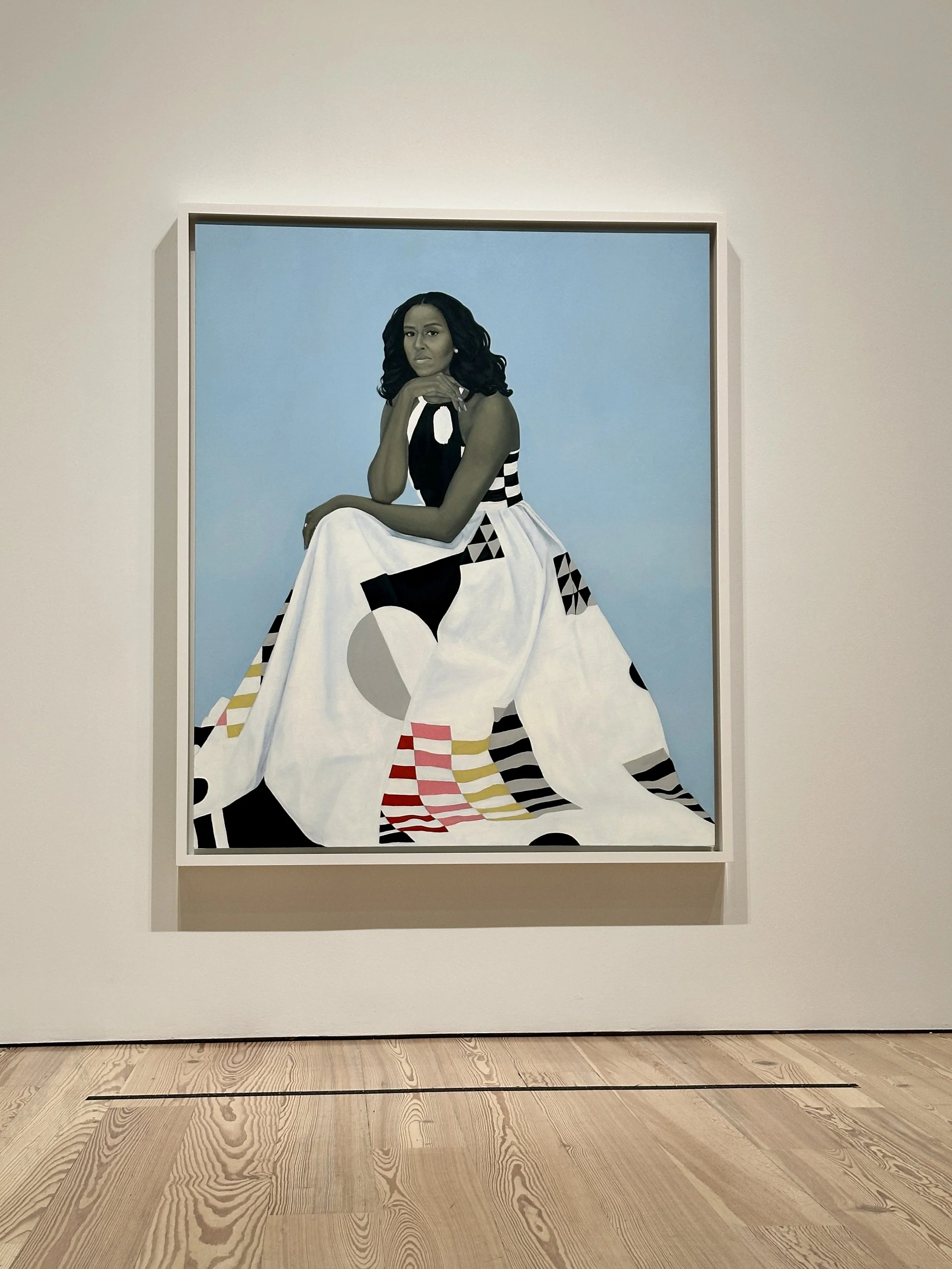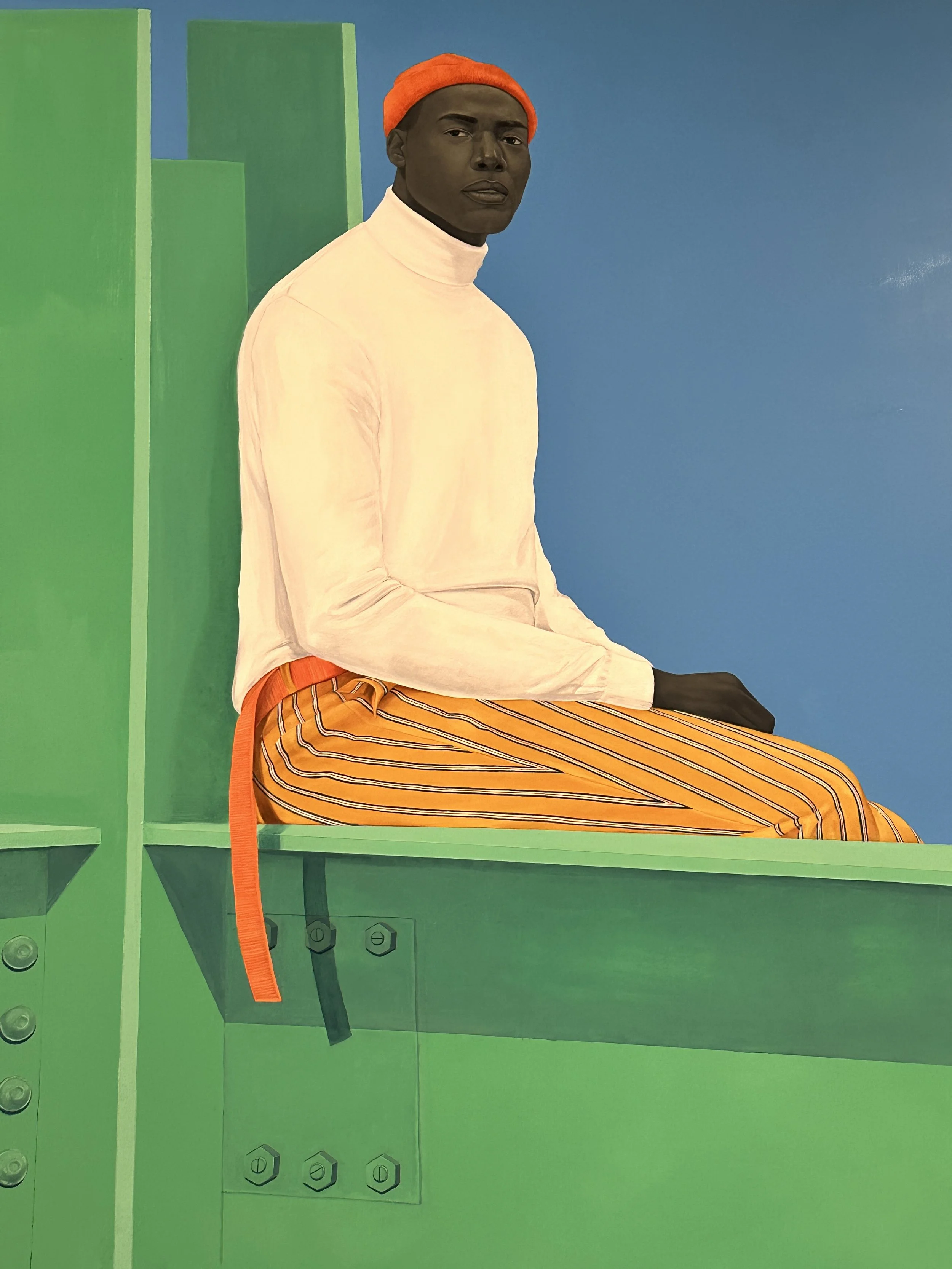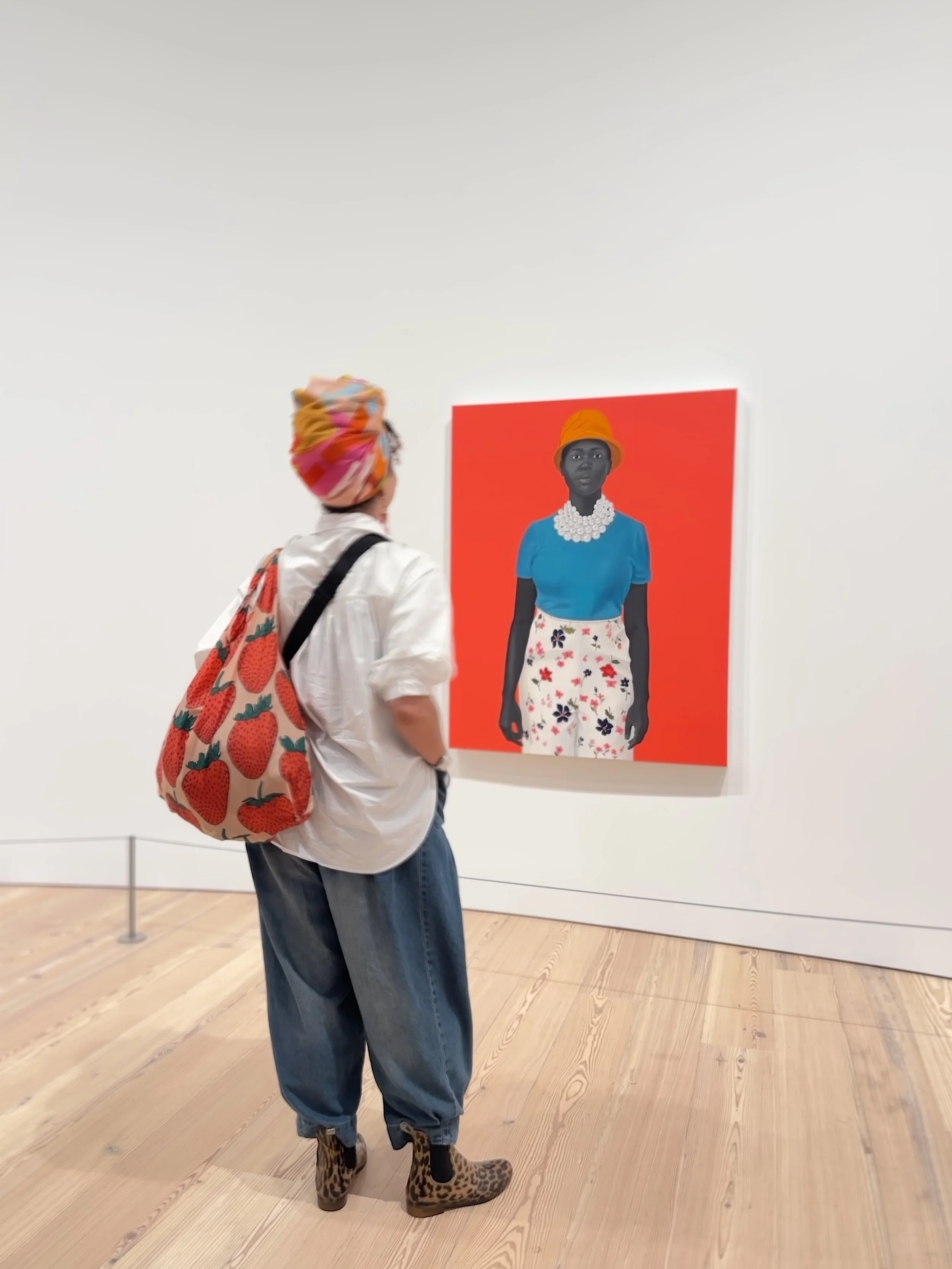v.41 The Wide Berth Between Black and White
Welcome to Life, Created—a new [old school] blog for modern times. This twice-a-week(ish) dispatch is a space for us to dig deeper, share ideas, recognize microjoys and build community beyond the mindless scroll.
Lately, I’ve been thinking a lot about the tension between absolutes, how “truth” can sit in the space between opposing ideas. This thought hit me hard in a recent conversation. We were talking about someone in my extended family who is both prejudiced and racist. I’m not here to soften that. In no uncertain terms, I’ve made it very clear to everyone involved that I know exactly who he is and that his behavior is unacceptable. It took me two years of no-contact to get to that place after making my feelings crystal clear. And when I was ready, I decided that, based on the holistic impact and how little I’d ultimately need to be around this person, I could be in his presence for the sake of elder family members. (Allowing him to be in my presence is more like it, actually.) Was that the right answer? I don’t know. But it was my choice nonetheless.
In that conversation, I explained that while I won’t engage with him one-on-one, I’ve chosen to be present in family settings to protect(?) others from unnecessary tension or discomfort. Because frankly, if I didn’t choose this option, no one else would take a stand against his bullshit on my behalf so we’d be in the strange middle place in perpetuity and ultimately, for better or worse, I’d feel guilty about that. I’ve done what so many people of color are conditioned to do: tolerate offensive and dangerous behavior for the sake of peace. I didn’t make that choice lightly, and it’s not about forgiveness but instead, discernment. About choosing when and how to show up without compromising my boundaries.
I mentioned that while I believe his morals and religiosity are trash, I can also acknowledge that he shows up as a loving father. That’s when my friend asked, “But is he really a good, loving father? Because don’t a lot of microaggressions add up to being a ‘bad’ person?” And I didn’t disagree. I also didn’t have a clean answer. Because the truth wasn’t black or white. It was somewhere floating in the wide gray space in between.
The older I get, the more I believe this: many things can be true at once. Someone can be both kind and deeply flawed. We can be grateful for what someone did for us and still be hurt by who they were. And sometimes we can hold space for both appreciation and accountability. That’s not cognitive dissonance. That’s just real life. The more we try to force clarity through absolutes, the more we ignore the complexity of the human experience. And the more we demand others to choose sides, to make people entirely good or irredeemably bad, the more we flatten what it means to be human.
And also, this isn’t about giving anyone a pass. It’s about acknowledging that people of color, especially Black folks and marginalized folks, have been trained to tolerate trash behavior in order to keep the peace. To make others more comfortable. To “be the bigger person.” That emotional labor is almost always ours to carry. And it’s exhausting. So in this case, I didn’t choose grace. I chose discernment. I chose to prioritize the elders in my family who would’ve been caught in the crossfire. And to be honest, not speaking to or acknowledging this person wasn’t changing anything. Maybe being around him in limited doses offers a different opportunity. Maybe it allows him to be held accountable in real time. Or maybe it doesn't. But I get to decide how I show up.
The “and-ness” of life is what makes it rich and painful and beautiful and sometimes maddening. And it’s also the foundation of microjoys, the core of my life’s work. This ability to hold multiple truths at once is a value I carry with me daily, especially when things are hard.
I’m not saying we should accept harmful behavior just because someone has good traits. And I’m absolutely not suggesting that presence equals forgiveness. But I do believe there is power in choosing your own boundaries. What if we made peace with the fact that people can be both generous and judgmental, brilliant and broken? What if we gave ourselves the freedom to not have a final answer?
I don’t need to wrap every relationship or conversation in a tidy little bow. I can just let it be what it is. Complicated. Unfinished. True and not the whole truth. Because that wide berth between black and white? That’s where real life lives. And I’m choosing to live there, too.
Thoughts? Share in the comments because I’d really appreciate your perspective.
This week’s microjoy: Viewing the Amy Sherald exhibition at The Whitney in NYC was a beautiful and deeply moving microjoy. Seeing Black people captured in stillness, softness, and power, simply existing in the world, felt like a quiet revolution. Michelle Obama’s portrait, on loan from the National Portrait Gallery in Washington D.C., radiated presence and pride in such a stunning way. We don’t often get to see ourselves reflected like this in museums, not without pain or context or struggle attached. And this was reminder that microjoys aren’t always small. Oftentimes, they can be expansive moments of recognition, of belonging, of being beautifully seen.
P.S. Per usual, if this resonated with you- PLEASE repost, comment, share and spread the word.
Welcome to Life, Created.
With love, wisdom [and small mercies] from Montclair. xx




